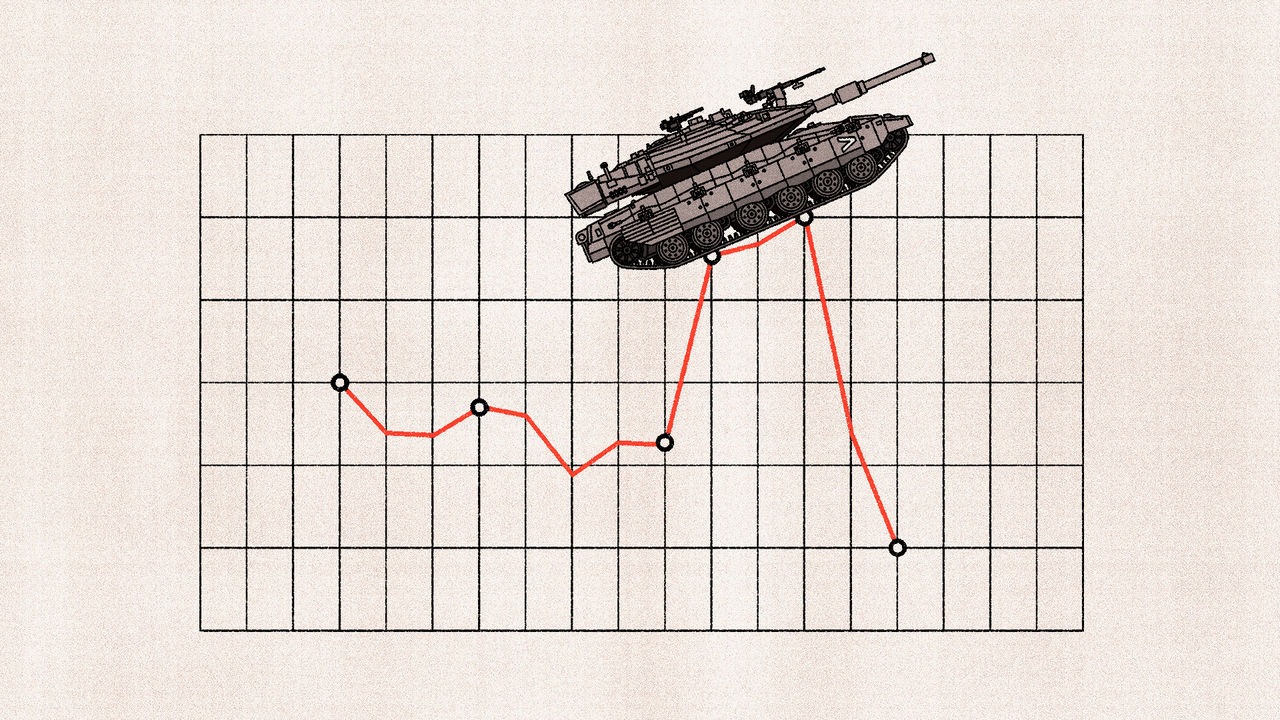The collapse of Bashar al-Assad’s regime marks a watershed moment for Syria and the broader Middle East. After more than a decade of civil war, the Assad regime, which has ruled Syria for over 50 years, has fallen in a stunning series of events that culminated in the rebel capture of Damascus…
While the swift advance of opposition forces has shocked observers, it reflects the culmination of years of geopolitical maneuvering and underscores the profound challenges that lie ahead for Syria and the region.
The Collapse of Assad’s Regime: A Sudden and Stunning Fall
The collapse of Assad’s regime was precipitated by a lightning offensive led by Hayat Tahrir al-Sham (HTS), an Islamist opposition coalition. Within weeks, HTS forces swept through key Syrian cities—Aleppo, Hama, and Homs—before storming Damascus. Assad fled the capital, reportedly seeking asylum in Moscow.
The fall of Damascus was marked by scenes of chaos. Looters ransacked government buildings, and reports emerged of widespread violence. The Syrian Army, long weakened by economic hardship and desertion, proved incapable of mounting a significant defense. Soldiers earning as little as $40 a month deserted in droves, while opposition fighters, reportedly funded by external sources, received salaries as high as $2,000 a month.
The rapid collapse reflects both internal fractures and external pressures. Years of crippling sanctions, military intervention, and waning support from Assad’s traditional allies, Russia and Iran, left the regime vulnerable. As one observer noted, “The Army melted away.”
Historical Roots: The Geopolitical Chessboard
The fall of Assad cannot be viewed in isolation. For years, the Assad regime represented a critical link in the alliance between Iran, Syria, and Hezbollah, collectively known as the “Axis of Resistance.” This alliance allowed Iran to project power into the Levant, support Hezbollah in Lebanon, and threaten Israel.
Documents from Hillary Clinton’s tenure as U.S. Secretary of State shed light on the broader geopolitical strategies at play. A 2015 State Department email emphasized the strategic importance of removing Assad to weaken Iran and Hezbollah. The email highlighted Israel’s concerns about Iran’s nuclear program and the need to maintain its nuclear monopoly in the region.
Clinton’s analysis argued that toppling Assad would sever Iran’s supply lines to Hezbollah, diminishing the group’s ability to threaten Israel. It also suggested that removing Assad would pave the way for a more stable Middle East, with a diminished Iranian footprint.
Similarly, a 2012 email revealed a proposal suggesting that Israeli Prime Minister Benjamin Netanyahu could offer to return the Golan Heights in exchange for a post-Assad government severing ties with Iran and Hezbollah. The proposal argued that such a move would isolate Hezbollah and break the Syrian-Iranian axis, significantly weakening Tehran’s influence.
External Actors: The Role of the U.S., Israel, and Turkey
The collapse of Assad’s regime aligns with longstanding objectives pursued by the United States, Israel, and their regional allies. The U.S. and Israel have long viewed Assad’s Syria as a critical node in Iran’s regional strategy. Over the years, the U.S. supported Syrian opposition groups through funding, training, and arming rebels, while Israel conducted airstrikes targeting Iranian assets in Syria.
Israel’s response to Assad’s fall has been swift and decisive. Prime Minister Netanyahu declared the 1974 disengagement agreement with Syria void and ordered the Israeli Defense Forces (IDF) to seize the demilitarized buffer zone in the Golan Heights. Netanyahu described the collapse of Assad as a “historic day” and expressed hopes of establishing peaceful relations with the new forces in Syria.
Meanwhile, reports suggest that the UK has also played a role in the recent developments. On December 6, an RAF Voyager KC3 transport plane entered Syrian airspace, escorted by two Typhoon fighter jets. While described by some analysts as a possible routine mission against ISIS, other observers believe the operation was linked to efforts to overthrow Assad.
Turkey’s President Recep Tayyip Erdoğan has also faced criticism for his role in Syria. Long accused of supporting extremist groups, Erdoğan’s sudden pivot to backing the HTS offensive reflects his strategic interest in weakening Kurdish forces in northeastern Syria.
The Humanitarian Toll: A Nation in Chaos
The fall of Assad has exacerbated Syria’s humanitarian crisis. Years of war, sanctions, and economic collapse have left millions of Syrians in dire conditions. The looting of government facilities in Damascus and other cities has deepened the sense of lawlessness, while displaced Syrians face an uncertain future.
The international community is also deeply concerned about the fate of Assad’s alleged chemical weapons stockpile. Israel and other regional powers are closely monitoring these developments to prevent such weapons from falling into the hands of extremist groups.
The Rise of Extremism: A New Challenge
HTS’s rise to power presents a complex challenge for Syria’s future. Led by Abu Mohammed al-Jawlani, a former member of Al-Qaeda and ISIS, HTS has sought to rebrand itself as a more moderate Islamist movement. However, its extremist roots and reliance on foreign fighters raise doubts about its ability to govern effectively.
The presence of thousands of foreign fighters in Syria, including militants from Central Asia and China, poses long-term security risks. These groups, now emboldened by Assad’s fall, could destabilize neighboring countries and beyond.
Regional Realignments: The Impact on Iran and Hezbollah
The collapse of Assad represents a significant blow to Iran and Hezbollah. For decades, Syria served as a critical conduit for Iranian support to Hezbollah, providing a lifeline for the Lebanese group’s operations against Israel. With Assad gone, this supply line is severely compromised.
Hezbollah’s withdrawal from Syria underscores the group’s weakened position. Analysts suggest that the fall of Assad may force Iran to reassess its regional strategy, potentially drawing it closer to Russia and China in an effort to counterbalance the West.
The Israeli Perspective: A Moment of Opportunity
For Israel, the fall of Assad represents both an opportunity and a risk. Netanyahu’s government has moved quickly to secure its northern border and prevent hostile forces from establishing themselves in the Golan Heights. Israeli airstrikes on Damascus targeted key military installations, reflecting a broader strategy to weaken Iran’s regional influence.
However, Israel faces significant uncertainty about the future of Syria. While the collapse of the Assad-Iran-Hezbollah axis aligns with Israeli objectives, the rise of Islamist factions like HTS introduces new risks.
The Global Implications: A Turning Point for the Middle East
The fall of Assad has far-reaching implications for global and regional stability. While it fulfills the strategic objectives of the U.S. and its allies, it also creates a power vacuum that extremist groups may exploit. The international community must now grapple with the consequences of years of intervention and the challenges of rebuilding a fractured Syria.
As Syria transitions into this new chapter, the balance of power in the Middle East is shifting, and the long-term consequences of Assad’s fall will reverberate for years to come.




